The windshifter is necessary for the municipal solid waste sorting system
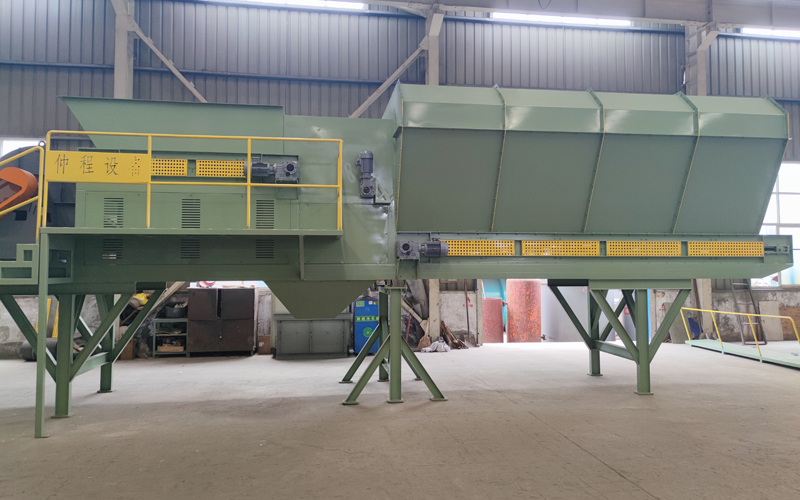
The windshifter is necessary for the municipal solid waste sorting system because it helps
to separate lightweight materials, such as paper, plastic, and film, from heavier items like
metals and glass. By using air currents, the windshifter efficiently sorts these materials based
on their different densities and aerodynamic properties. This step is crucial for improving
the overall efficiency of waste processing, making recycling easier, and ensuring that the
sorting system operates effectively.
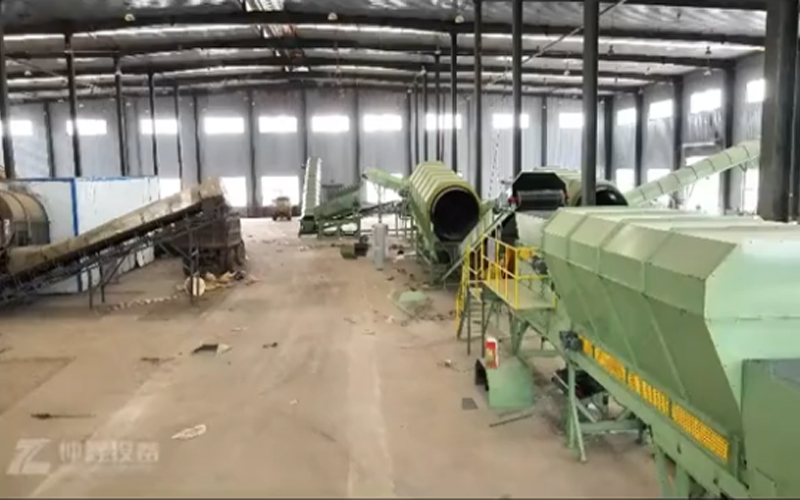
A windshifter is a mechanical device used in waste management and recycling systems
to separate materials based on their aerodynamic properties. It works by using controlled
air currents or airflow to differentiate between lightweight and heavy materials.
The basic concept behind a windshifter is that materials with different shapes, densities,
and weights will respond differently to air pressure. For example, lighter materials like paper,
plastic, and foam are more easily lifted by the air currents, while heavier materials such as
metals and glass remain stationary or move less. This creates a sorting effect, allowing the
system to separate these materials for further processing, recycling, or disposal.
Windshifters are typically used in combination with other sorting methods, such as vibrating
screens or drum separators, to create a more efficient and effective waste sorting process.
They play an essential role in reducing contamination in recyclable materials and improving
the quality of the sorted fractions.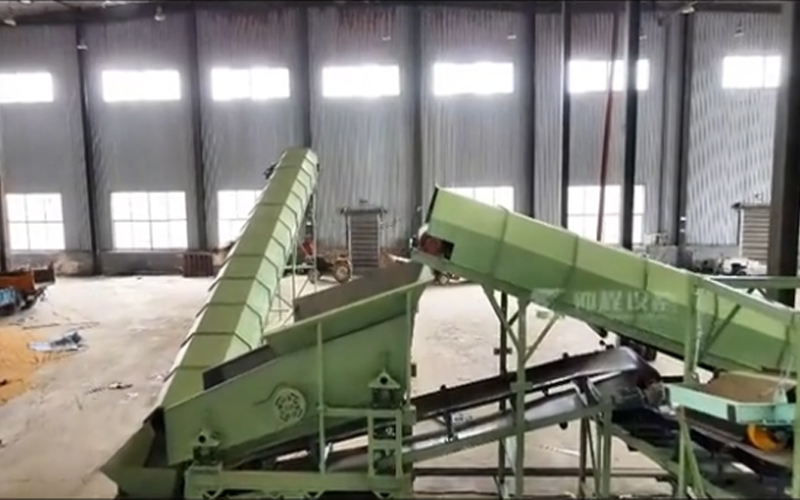
The working principle of a windshifter relies on the use of airflow to separate materials based
on their weight, size, and aerodynamic properties. Here’s how it works:
Airflow Generation: A windshifter consists of a powerful air blower or fan that generates a controlled
stream of air. This airflow is directed towards a conveyor belt or a material stream where the waste
is being transported.
Material Feeding: The incoming waste or material stream is typically fed onto a conveyor belt
or through a chute. As the material moves through the system, the airflow is directed at it.

Separation by Weight and Aerodynamics:
Lightweight materials (like paper, plastic, and film) are more easily lifted by the air currents.
These lighter items are carried away by the airflow and are directed into a collection system,
such as a separate conveyor or chute.
Heavier materials (such as metals, glass, and larger objects) are less affected by the air currents.
These heavier materials tend to remain on the conveyor belt or fall straight down into a separate
collection bin.
Efficient Sorting: By adjusting the strength and direction of the airflow, the windshifter can fine-tune
the separation process, ensuring that the lighter and heavier materials are effectively segregated.
The system can be optimized for various types of waste streams by varying the airflow to suit the
material characteristics.
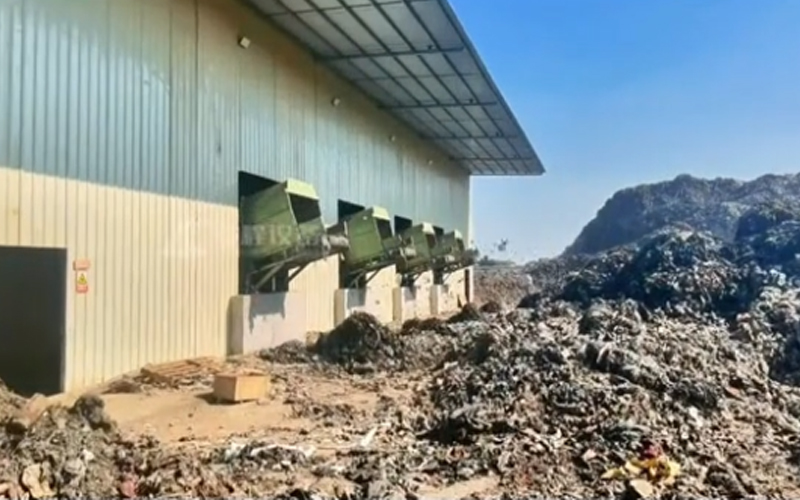
Discharge of Separated Materials: Once the materials have been separated, the lighter materials
are typically collected for recycling or further processing, while the heavier materials are sent to
other sorting stages or disposal.
This principle of using air to separate materials based on their aerodynamics helps increase the
efficiency of waste sorting, making it an essential part of modern municipal solid waste management
and recycling facilities.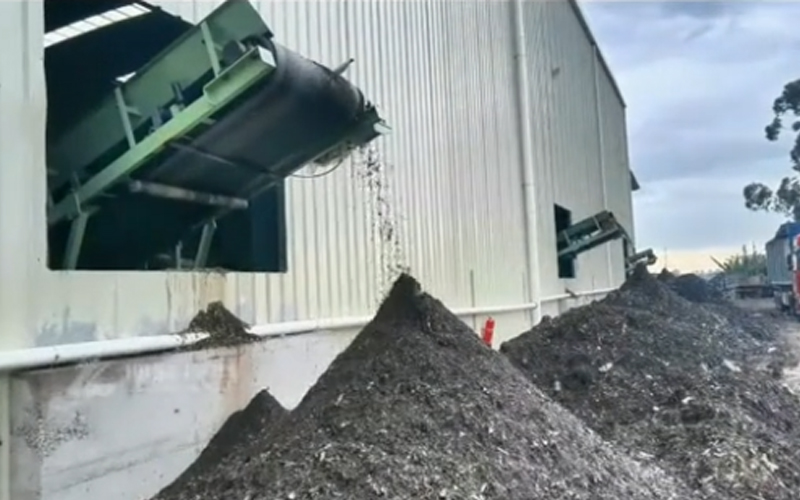
The windshifter has a wide range of applications in various industries, particularly in waste management,
recycling, and material handling. Here are some key fields where windshifters are commonly used:
Municipal Solid Waste (MSW) Sorting:
Recycling Facilities: Windshifters are widely used in recycling plants to separate lightweight recyclables,
such as paper, plastic, and packaging materials, from heavier items like glass, metal, and organic waste.
This separation improves the efficiency of the recycling process.
Waste-to-Energy Plants: Windshifters help to sort waste into categories that can be either recycled or
processed for energy production, reducing the amount of waste going to landfills.
Construction and Demolition (C&D) Waste Sorting:
Windshifters are used to separate lightweight materials such as wood, plastics, and cardboard from
heavier construction debris like concrete, metals, and bricks. This separation is crucial for recycling
valuable materials like wood and plastic, as well as reducing disposal costs.
Agricultural Waste Processing:
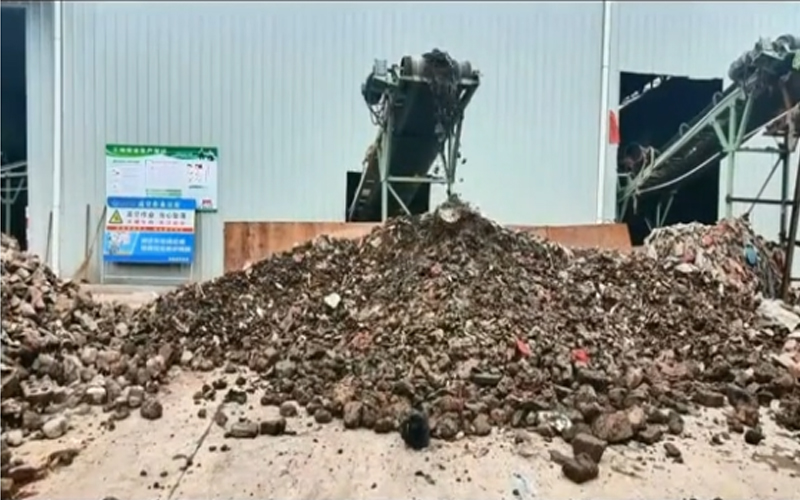
In agricultural settings, windshifters help separate organic materials like straw, hay, and leaves from
heavier items such as rocks or metal parts, allowing for better handling and processing of agricultural
waste.
Compost and Organic Waste Sorting:
Windshifters can be used to separate organic materials (like food scraps and plant waste) from contaminants
such as plastics, metals, and glass, which is especially important in composting operations to ensure
high-quality compost production.
Plastic and Paper Recycling:
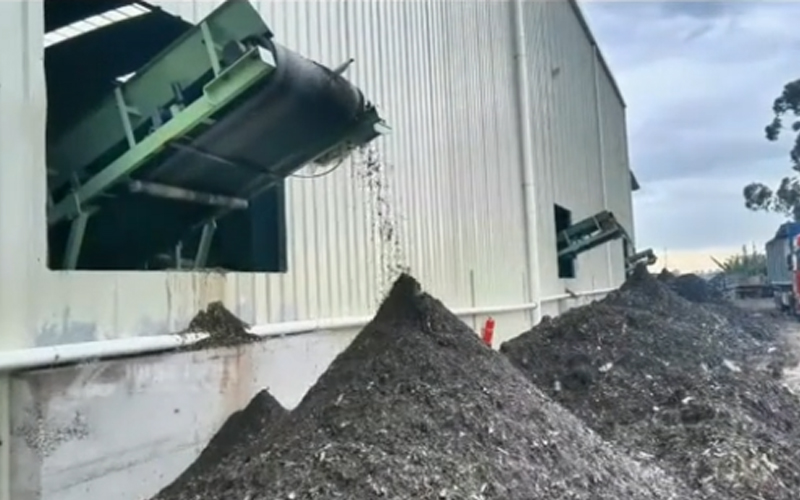
Windshifters are effective in separating different types of plastics (lightweight films, rigid plastics) from
heavier materials like metals and glass in plastic recycling plants. They help optimize the recycling process
by isolating high-quality plastic streams.
Wood Processing:
In wood processing plants, windshifters are used to remove lightweight waste materials such as bark,
leaves, and other debris from wood chips or sawdust. This ensures cleaner, more consistent raw
materials for production.
Mining and Aggregate Industry:
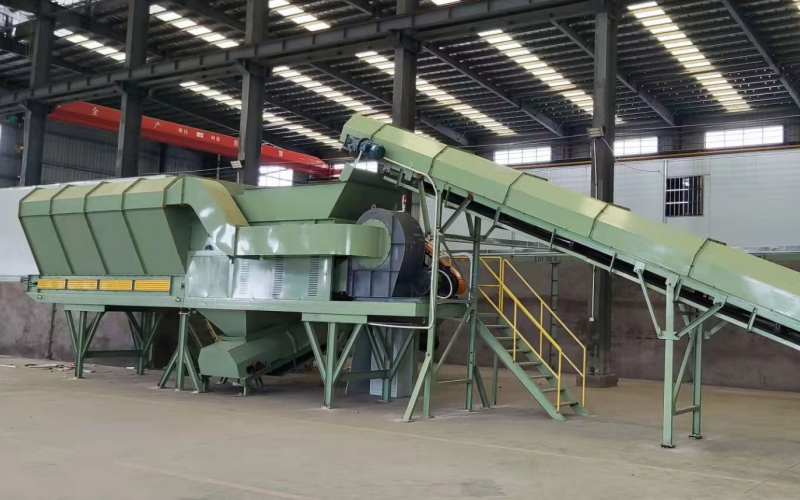
Windshifters are sometimes used in the mining and aggregate industries to separate lighter materials
(such as dirt, dust, and smaller rocks) from heavier minerals or ores, improving the quality of the final
product.
Plastic Film and Packaging Sorting:
Windshifters are useful in separating lightweight plastic films, wrappers, and packaging materials from
heavier, bulkier waste. This is common in facilities that handle mixed waste streams or packaging
material recycling.
Landfill Waste Management:
Windshifters help in sorting landfill waste to divert recyclables or reusable materials away from landfills,
thereby contributing to waste diversion efforts and reducing landfill volumes.
In summary, the windshifter plays a critical role in any application where there is a need to separate
lightweight materials from heavier ones, thereby enhancing the efficiency of recycling processes,
waste management, and material recovery across diverse industries.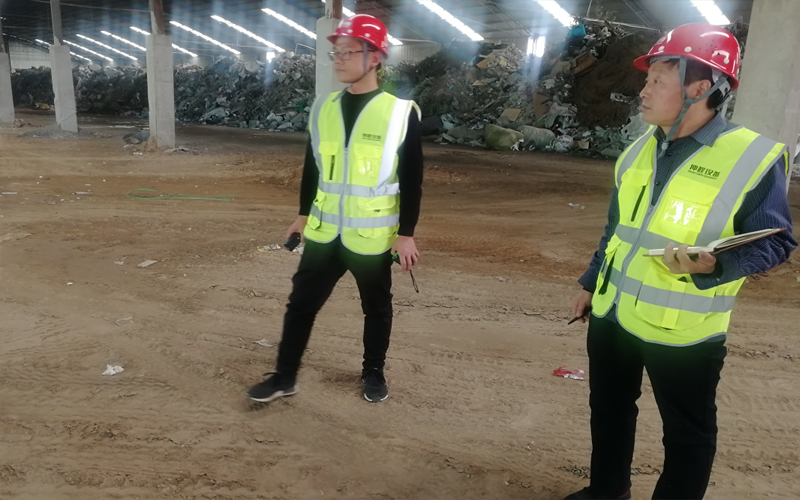
the separated lightweight materials, such as paper, plastics, and other organic or combustible materials,
can be used to produce Refuse-Derived Fuel (RDF). RDF is a fuel derived from non-recyclable waste,
and these lightweight materials, once separated, play a crucial role in the production of RDF. Here’s
how the process works:
1. Collection of Lightweight Materials:
After using a windshifter or other sorting systems, the lightweight materials (typically paper, plastics,
textiles, and sometimes wood) are separated from the heavier materials like metals and glass.
2. Processing for RDF Production:
The separated lightweight materials are then processed further. The typical steps include:
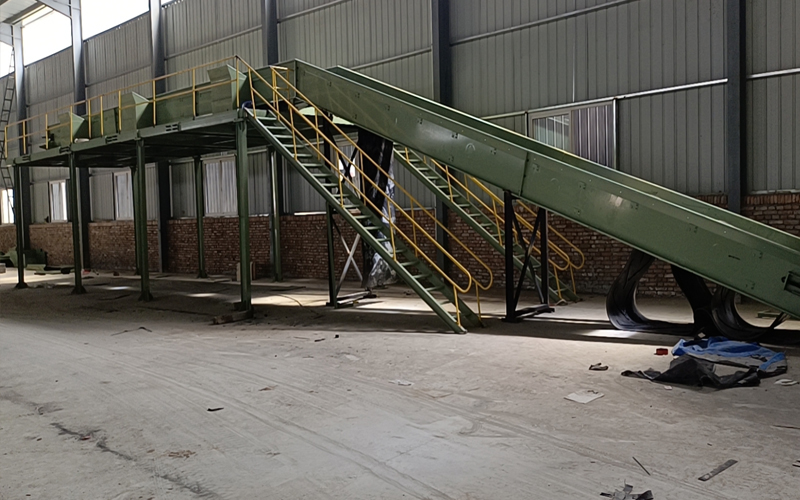
Shredding: The materials are shredded or crushed to create smaller, more uniform particles that
can be used as fuel.
Drying: The moisture content of the materials may be reduced to enhance the energy content
of the RDF.
Sorting and Cleaning: Any remaining contaminants (such as non-combustible materials like metal
or glass) are removed to ensure the quality of the RDF.
3. RDF Composition:
The final RDF product is a mixture of materials with high calorific (energy) value, which typically
includes:
Plastic waste: Most plastics are combustible and provide a high energy output.
Paper and cardboard: These materials are also easily combustible and contribute to the fuel’s
energy content.
Biomass: Organic waste, such as wood or agricultural residue, can be part of the RDF mixture.
4. Utilization of RDF:
RDF can then be used in various industrial processes, especially in cement kilns, power plants,
or waste-to-energy facilities. These facilities burn RDF as a substitute for coal or other fossil fuels,
reducing the reliance on traditional fuel sources and lowering carbon emissions.
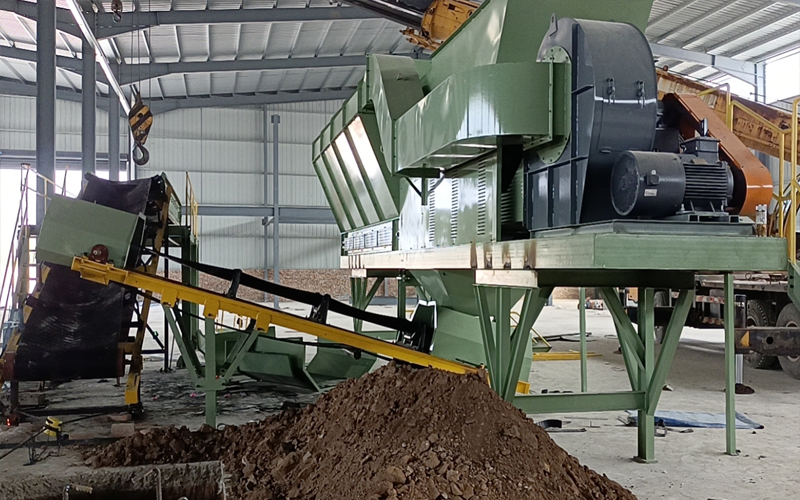
5. Environmental Benefits:
Waste diversion: Using waste materials for RDF production diverts non-recyclable waste from landfills.
Energy recovery: The production of RDF helps recover energy from waste that would otherwise
be disposed of, contributing to a more sustainable waste management system.
Reduced landfill use: RDF can reduce the volume of waste sent to landfills, helping to address
landfill overcapacity issues.
Thus, the separated lightweight materials from waste sorting systems like windshifters are valuable
in the production of RDF, which is an important part of waste-to-energy strategies aimed at reducing
landfill waste while generating useful energy.
-
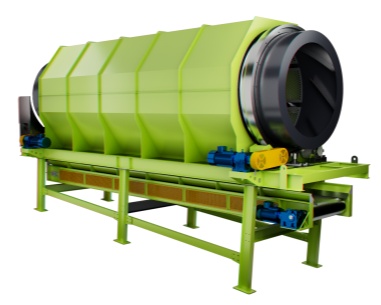 Trommel screenTrommel screen, also known as drum screens, are widely used in various industries for sorting and separating materials.Get Quote
Trommel screenTrommel screen, also known as drum screens, are widely used in various industries for sorting and separating materials.Get Quote -
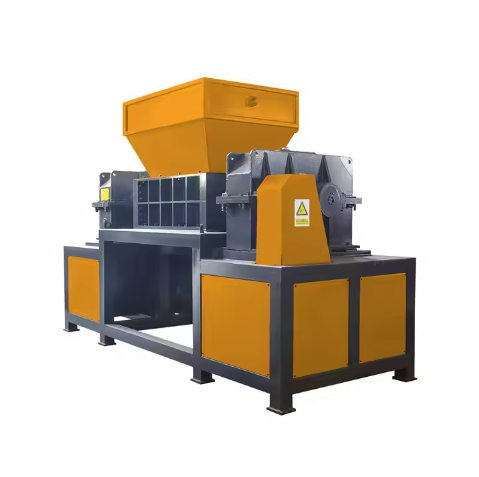 Crop straw double shaft shreddApplications:Biomass Energy Production: Shredded straw can be used as a feedstock for bioenergy plants to produce electricity or heat.Livestock Feed: Reduced-si...Get Quote
Crop straw double shaft shreddApplications:Biomass Energy Production: Shredded straw can be used as a feedstock for bioenergy plants to produce electricity or heat.Livestock Feed: Reduced-si...Get Quote -
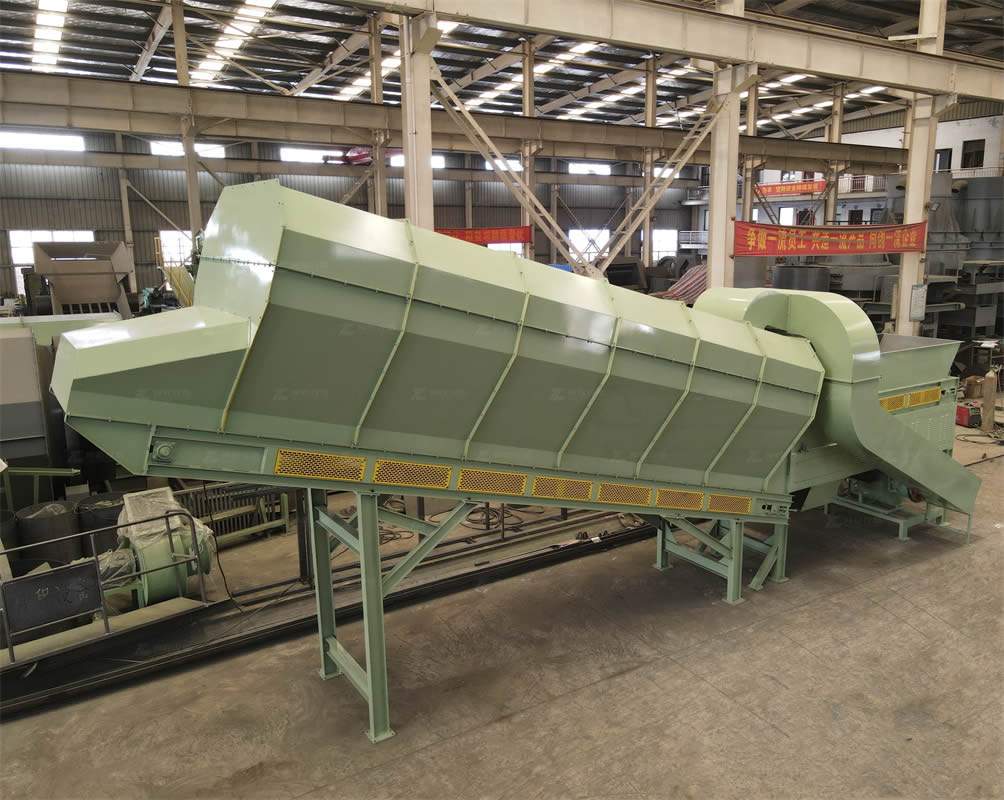 Zhongcheng Air Drum SeparatorAir drum separators effectively separate lightweight materials (e.g., plastics, paper) from heavier materials (e.g., metals, glass). This high efficiency is cru...Get Quote
Zhongcheng Air Drum SeparatorAir drum separators effectively separate lightweight materials (e.g., plastics, paper) from heavier materials (e.g., metals, glass). This high efficiency is cru...Get Quote
-
2024-05-18C Series Jaw CrusherC series jaw crusher is a jaw crusher with excellent performance introduced and developed by zchmachinery according to the market demand. Compared with traditio...
-
2024-04-13Vibrating FeederA vibrating feeder is a mechanical device used to convey materials, typically in bulk, from one location to another in a controlled manner. This equipment is co...
-
2024-07-16Twin-shaft shredders: ideal for efficient processing of waste and recycling materialsA double-shaft shredder is a mechanical device used to process waste and recycle materials. Its main feature is that it has two rotating shafts with serrated bl...
-
2023-01-12Conveyor BeltGarbage conveyor/Trash conveyor belt system is a processing line to classify paper, plastic, metal, glass, and organic matter and realize the recycling of rubb...
-
2024-06-06Drum Screen For Composting PlantDrum screen, also known as a rotary drum screen or trommel screen, is an essential piece of equipment used in composting plants for the separation of compost ma...



